How did a “beautiful hairdresser” with beautiful music / Asad Khomarloo survive? Mehr News Agency Iran and world’s news
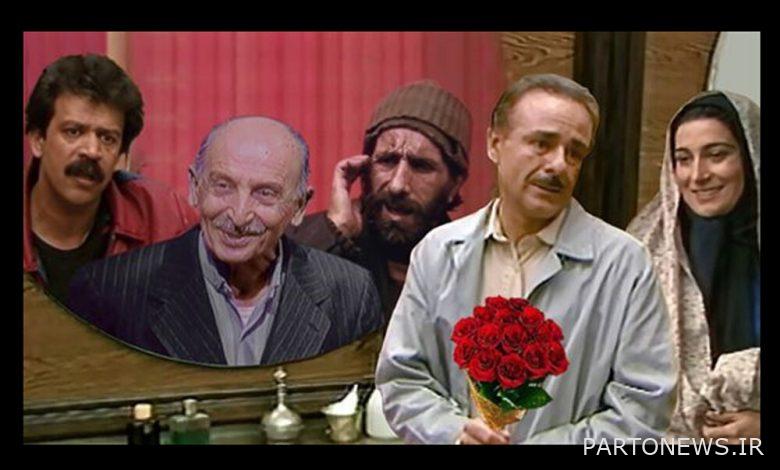
Mehr News Agency – Art Group – Alireza Saeedi: The caption function is something like the cover of a book, in which the designer tries to inform the audience of a work by choosing elements, forms and layouts with the help of graphics and music. Situations that are sometimes presented to the audience in a very thoughtful, thoughtful and calculated way, and sometimes are created so carelessly and by performing a compulsory task that it distracts the viewer from the base with a visual effect.
What has become an excuse to return to the keyword “titration” is an overview of the most enduring and memorable music related to some programs and films and television works, which contains bittersweet memories for many audiences, and a return to them for us every time. Circumstances can bring a world of memories. The memory game, which was welcomed by the audience after its beginning and publication on Nowruz 1400, made us dedicate our souls and minds to it in the form of a weekly memory game on Fridays every week, and from its passage to the years when we feel better than these painful days. Was, let’s go.
“Memory play with lasting captions” is the title of an archival report series with the same approach, which you can follow on a weekly basis in the art group of Mehr News Agency.
In the forty-eighth issue of this media narrative, we went to the music of the TV series “Beautiful Hairdresser” directed by Marzieh Boroumand, whose name and works can definitely be placed in the top ranks of the club of the top TV series in terms of audience. A series that was produced in the late sixties and after being presented on the spectacular television of those years, the national media was able to achieve exemplary success in the field of audiences. A situation which, due to the lack of advanced media tools in recent years, would not have left any other choice for the audience in the field of entertainment, but if it did not succeed in the same dimensions, it would undoubtedly fail miserably during those years. It was also a good proof to prove that a TV series became a single star. Conditions that could have a special show among a number of other series and series of that time and provide a space where a 13-episode series like this will remain in the memories and letters.
Marzieh Boroumand is basically an expert in making enduring serials and it is rare for her to make a serial and not flourish among the people. From the “School of Mice” puppet series to “Grandmother’s House”, “Ta Ta Ta Tales”, “Tehran-11” and “Detective Shamsi and Madame”, he proved that he understands the pulse of the audience well and if everything is right Karistan can do something that nails the audience to the television receivers and takes them for a moment to a sweet and non-violent world where morality, humanity and life expectancy are their main components. A component that, in the vicinity of its music, has created such memories that it can remain in the listening minds of the people of today for a long time, so that one day, referring to them may be a little healing to endure these difficult days. And naturally, in this context, music is one of the most important tools for deciphering these visual memories of treasures that Marzieh Boroumand has always had a special look at. The look that one of his turning points in the series “Beautiful Hairdresser” with Fariborz Lachini’s music became objective, and that scissor sound left a legacy at the beginning of the melody that we can talk about these days as lasting memories.
Marzieh Boroumand is basically an expert in making enduring serials and it is rare for her to make a serial and not flourish among the people. From the “School of Mice” puppet series to “Grandmother’s House”, “Ta Ta Ta Tales”, “Tehran-11” and “Detective Shamsi and Madame”, he proved that he understands the pulse of the audience well and if everything is right Karistan can do something Basically, Fariborz Lachini’s music is one of those musics that due to the exemplary mastery of this composer in various fields of music, especially electronic music, which was rarely found in that year to have a new profession to say in this field as an expert force, has become There are undeniable elements in the structure of serials and series that most of the impact on the audience starts from the music flow of the work and extends to other parts of the work. An important path that, if combined with the genius and sociological outlook of an artist named Marzieh Boroumand, regardless of its technical and musical structure, will certainly have no effect other than what led to the survival of a series such as “Beautiful Hairdresser.” An organized combination that showed the intelligence and audience knowledge of a group of artists who were more prominent in the 1960s and 1970s for a number of reasons.
Marzieh Boroumand recently answered the question of a media reporter about how it is that this series is still popular and spectacular despite the fact that nearly 25 years have passed since its production? He explained: This reception makes me happy. At that time, we calculated the beautiful hairdresser. We thoroughly thought about how a series can be lovable and engaging to people and at the same time have something to say. It has depth and is not just a surface layer and a fun aspect, and everyone should have shots of the series according to their ability. I consider a series like Beautiful Hairdresser to be a multi-layered work. We were very careful when writing the script of the series. A team was working on the script. I was also very sensitive. The script was rewritten many times. I did the final rewrite myself very carefully and I did not skip anything. We were very careful in form and dialogue. The dialogue type of the series itself is a lesson. The various characters of the series each have their own words and expressions according to their different cultural and social origins. The dialogue of the characters can not be changed. The viewer can even guess which character said the dialogue with his eyes closed and just listening to a dialogue. In those days, serialization focused on things that are not given much attention these days.
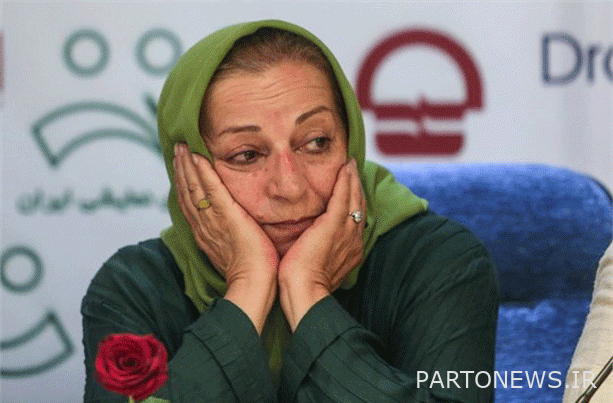
He continued the same conversation about the popularity of this series with his other TV works: My problem is that my work is compared with other works of mine. If they compared my series with the works of other directors, perhaps their point of difference would be more obvious. The characters of the series “Hotel” and “Tehran-11” were also very real. I continued the episodic style and structure of the beautiful hairdresser, who had a fixed storyline and what happened in each episode in most of my subsequent work. My other chance in the series Beautiful Hairdresser was to work with a group of great actors. From Mahin Deihim and Roghayeh Chehreh Azad, Mehri Vedadian and Mehri Mehrnia to Hossein Kasbian, Soroush Khalili, Mohammad Varshouchi and Morteza Ahmadi. I learned professional etiquette and ethics from them. I say this from the bottom of my heart, not because they are no longer with us. First-rate artists such as Reza Babak, Fatemeh Motamedaria, Hamid Jeblai and Iraj Tahmasb performed in this series. The beautiful hairdresser was an attractive group work. It just so happened to cost a lot. All the interior locations of the series were like a barber shop and a decor house. It was cost-effective to make the decor in those years, because the Radio and Television Organization had a decor workshop. These days, making decor is expensive. Incidentally, this series was an internal organizational work, and in those years, producers outside the Radio and Television Organization still had no way to do it. We delivered the serial “Beautiful Hairdresser” at a cost of 6,700 Tomans per minute.
In any case, if we go through these, we will get to the main story of the popular series of Do Sima TV in the first years of the seventies; A series that tells the story of a middle-aged hairdresser named Asad Khomarloo, who, despite his advanced age, is still single and his mother wants him to roll up his sleeves. Assad’s friends and neighbors also seek to arrange for him, and from time to time offer options for marriage; But Assad falls in love with a woman who has a child with his ex-wife. The mother’s efforts to dissuade her son from marrying this woman tell many stories.
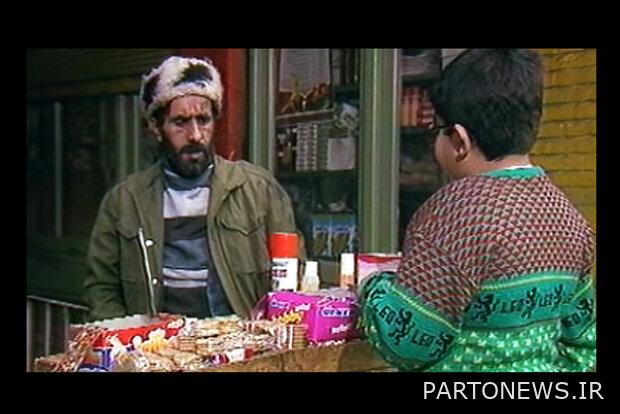
Of course, in this main axis of the story, it was Assadollah Khan’s hairdresser who had become an important hangout for businessmen and neighbors around the shop. A place to tell different stories and even critical jokes of the characters to some of the conditions of the society that were narrated in the most correct way possible and put the viewer in a labyrinth that he wanted this story to never end. It seems that in these conditions, the very fluent acting of the actors, each of whom later became enduring characters in TV stories, was an important component that, along with directing, soundtrack and other components of the series, was considered an excellent winner for a series whose shape and image can not be Learned. As if this experience was later tested and mistaken by some other producers and directors, but none of them could show that power and effect of a beautiful hairdresser.
Reza Babak, Hossein Kasbian, Pari Amir Hamzeh, Razieh Boroumand, Asghar Faridi Masouleh, Morteza Ahmadi, Mahmoud Basiri, Hassan Pourshirazi, Hamid Mehrara, Mohsen Sheikhi, Bahram Shah Mohammadlou, Fatemeh Motamedaria, Kaveh Shah Mohammadlou, Negar Behbahani, Parasto Khandani They were enduring, which in the true sense of the word left the streets empty. The frame of mind was full of stories and mirrors of the whole life of ordinary people in a society who saw themselves on television and enjoyed watching it.
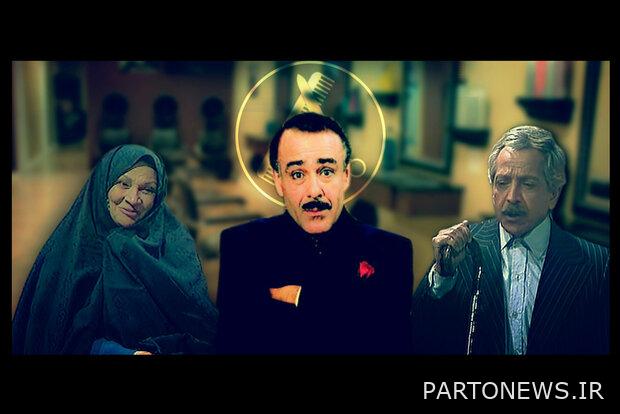
But beyond all this, this music is the initial titration of the series “Beautiful Hairdresser” composed by Fariborz Lachini, who as a music expert is no more unlikely to be able to create works from From Fariborz Lachini and the musical components he has used in his works so far in front of the audience, especially in the field of cinema and television, we can mention many musical points, which is definitely one of the best and most well-known and distinguished components, the creation of melodies. It is simple yet psychological and sociological complexities that fit right into the audience’s auditory mind Persistence in the field of music. Refreshing music, simple and full of sound effects such as ringtones and scissors, the composition of these melodies became one of the most important lasting elements of the series.
Fariborz Lachini is one of the artists who began his music education at the age of ten at the Higher Conservatory of Music. As a teenager, he started his career with a collection called “Seasons and Colors” and “Other Songs” in collaboration with the Parvaresh Center. It counted. He left for Europe in 1979 to continue his education.
Four years later, after graduating from the Sorbonne in Paris, he became a member of French composers and, at the invitation of French television, began working with the organization to write music for children. Living in Europe influenced his work style from the classical style. He also became acquainted with computer music and completed his specialized education in this field.
The albums “Golden Autumn” and “Innovation of the Word of New Poetry” were among his first works after returning to Iran. Lachini made the first use of computer in composition in 1985 and is considered a pioneer in using this technology in Iran. Fifteen years later, he used computers to compose songs for hundreds of films, series, and animations.
Composing music for the children’s and television programs of the First Channel of the Islamic Republic of Iran in the sixties and seventies, the films “Pomegranate and Reed”, “Snake Tooth”, “Wolf Footprint”, “Familiar Song” of children’s programs and several other film and television projects resulting from artistic activities This composer’s era. In recent years, with the continuation of “Golden Autumn” and “Lament” trilogy albums, this artist has focused his activity on creating modern classics and at the same time documenting and scientificizing more than a thousand pieces of Iranian pop and folklore in the collection. It is the “smell of yesterday”.
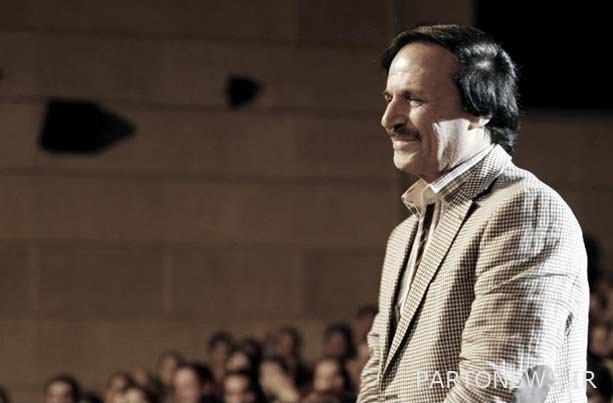
However, from Fariborz Lachini and the musical components he has used in his works so far in front of the audience, especially in the field of cinema and television, we can point out many musical points that are definitely one of the best and most well-known and distinguished of this component. , Creating simple melodies as well as psychological and sociological complexities that fit right into the audience’s auditory mind. A very important component that this composer and some other generations were able to create a new path for the production and production of music with lasting TV credits after the victory of the Islamic Revolution and introduce themselves as pioneering artists in this field.

